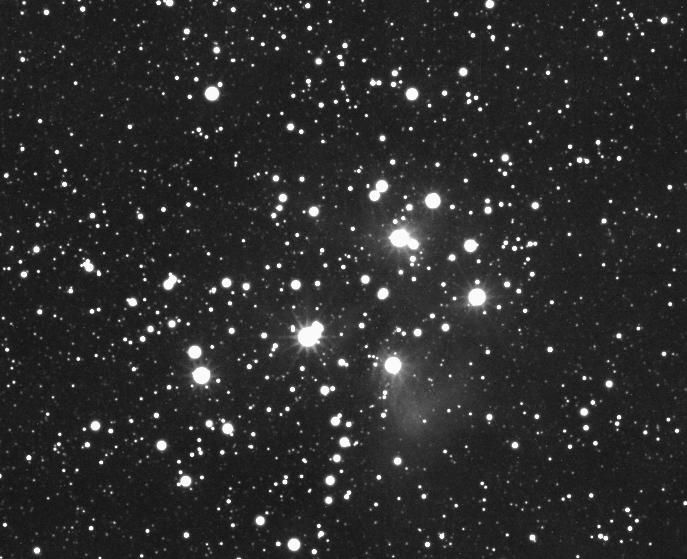
The spring equinox is one of the biggest celestial events happening all month long but there are other exciting events for sky gazers to see as well.
The equinox is set to happen March 20, the start of the spring season in the Northern Hemisphere. In the Southern Hemisphere, it's the beginning of the fall season. During the month of March, a special group of stars is visible in the sky. It's made up of several hundred stars, according to NASA.
But luckily that makes it possible to see it with the unaided eye. Though it might just look like a fuzzy bright patch in the sky without any visual aids. While it is possible to see it without any help, it is easier to see it with binoculars or a telescope, according to NASA.
NASA highlighted the Beehive Cluster in its monthly video about sights to see in the night sky during the month of March.
The cluster also includes some planets and the cluster is made up of mostly young stars. It sits about 600 light-years away but is still considered one of the closest star clusters to the solar system Earth is part of, according to NASA. They're only a few hundred million years old, which sounds ancient compared to a normal concept of time but it's actually quite young for stars, especially when compared to the Sun that's 4.5 billion years old.
The Beehive Cluster, also called M44, is most easily spotted by first finding Sirius, the exceptionally bright star in the sky. The cluster is then up and to the left of Sirius, past Procyon, according to NASA. It's what's called an "open cluster" meaning the stars came together and are young and slowly disperse over time.
The best time to look for the cluster is when the moon is at its smallest and giving off the least amount of light. The moon will be full on March 20 so the best times to see the Beehive Cluster are in the beginning of the month near the new moon and at the end of the month after the full moon.
Early in the morning the planet Jupiter will be visible just before the sun rises in the southeast portion of the sky. In places where the view of the sky isn't obstructed Saturn and Venus will also be visible.
Uncommon Knowledge
Newsweek is committed to challenging conventional wisdom and finding connections in the search for common ground.
Newsweek is committed to challenging conventional wisdom and finding connections in the search for common ground.
About the writer
Nina was a breaking news reporter. She previously worked at Business Insider, The Boston Globe, and Boston.com.
To read how Newsweek uses AI as a newsroom tool, Click here.








